Top Quality Pest Control Solutions
Pests can cause significant property damage, contaminate food, and pose serious health risks. Regular pest control solutions help prevent infestations, protect your investment, and ensure the well-being of your family or employees.
Comprehensive Pest Management
From mice to mosquitos, Brooks Pest Control offers tailored solutions for residential and commercial properties. Our state-certified technicians use advanced techniques and top-rated products to deliver effective pest control.

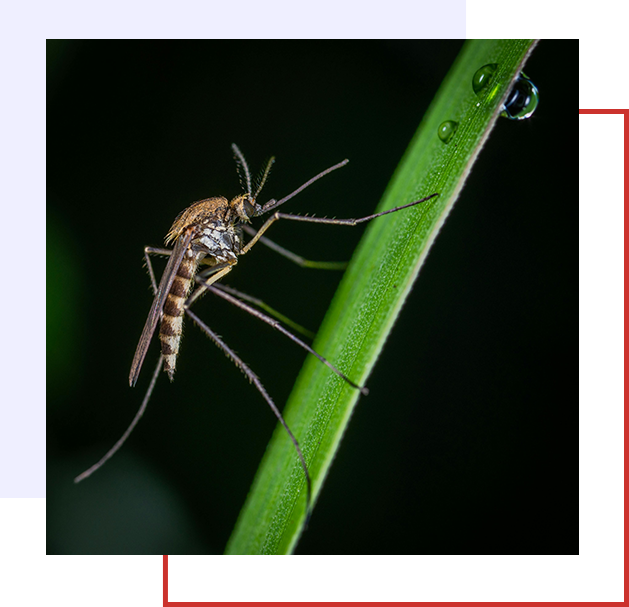
Reach Out Today
Are you facing pest problems? Contact us today for an inspection, and let us safeguard your home or business with professional pest control services.
Types of Pests Managed

Ants
Ants can be a significant nuisance for homeowners and businesses. They often invade buildings in search of food and shelter.
Facts
- Ants can lift and carry objects much heavier than themselves, sometimes up to 50 times their body weight.
- Some ant colonies can contain millions of individuals and multiple queens.
Threats
- Ants can contaminate food supplies, leading to health risks.
- Carpenter ants can cause extensive damage to wood structures.
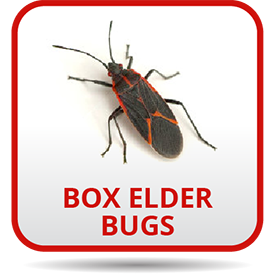
Boxelder Bugs
Boxelder bugs are North American true bugs known for their dark brown or black coloration with red markings.
Facts
- These bugs are named after Boxelder trees, their preferred habitat.
- Boxelder bugs use their piercing mouthparts to feed on sap from the seeds, leaves, and flowers of Boxelder trees.
Threats
- Large aggregations can invade homes seeking warmth, especially during cooler months.
- Their excreta can stain surfaces, including walls and furniture.
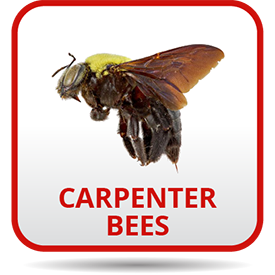
Carpenter Bees
Carpenter bees are large, robust bees known for tunneling into wood to create nests.
Facts
- Unlike termites, carpenter bees do not eat wood; they excavate tunnels for nesting and reproduction.
- Male carpenter bees are often territorial but do not have stingers; females can sting but are less aggressive.
Threats
- Their nesting behavior can weaken wood structures over time, including decks, eaves, and wooden furniture.
- Circular entrance holes and wood shavings can mar the appearance of wooden surfaces.
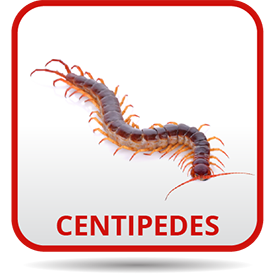
Centipedes
Centipedes are elongated arthropods.
Facts
- Centipedes are nocturnal hunters, using their venomous claws to capture and paralyze prey like insects and spiders.
- They play a role in controlling pest populations but can become pests themselves when they invade homes seeking shelter.
Threats
- Centipedes can invade homes, seeking shelter in damp, dark areas like basements and bathrooms.
- While rare, centipede bites can cause pain, swelling, and allergic reactions in sensitive individuals.
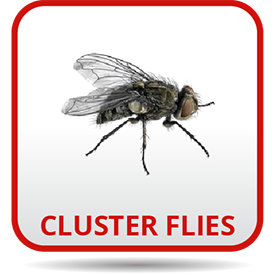
Cluster Flies
Cluster flies are non-hazardous to health but can be a nuisance as they seek shelter indoors during late summer and autumn.
Facts
- Cluster flies are parasitic on earthworms during their larval stage.
- They overwinter in large numbers indoors, particularly in attics and wall voids, seeking warmth.
Threats
- Cluster flies enter buildings in large numbers, particularly inhabiting inaccessible spaces like roof and wall cavities.
- Once indoors, they are challenging to eliminate, requiring professional pest control due to their preference for hidden areas.
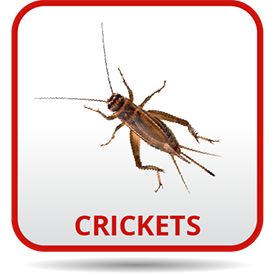
Crickets
Crickets are insects of the family Gryllidae known for their cylindrical bodies, chirping songs, and nocturnal habits.
Facts
- Male crickets produce chirping sounds by rubbing their wings together, a behavior called stridulation.
- Crickets are omnivorous, feeding on plant matter, fungi, and occasionally other insects.
Threats
- Chirping males can be loud and persistent, especially in large numbers, disrupting sleep and peace in homes.
- Some species may feed on fabrics like cotton, wool, and silk, causing damage to clothing, upholstery, and curtains.
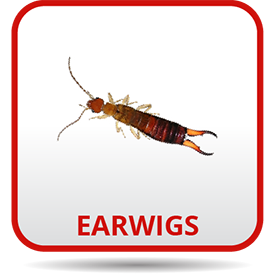
Earwigs
Earwigsare known for their distinctive forceps-like pincers and nocturnal habits, inhabiting small, moist crevices.
Facts
- Despite the myth that earwigs crawl into human ears, they do not seek out ear canals for nesting.
- They have pincer-like cerci at the ends of their abdomen, primarily used for defense and mating.
Threats
- Earwigs feed on plants, causing damage to foliage and flowers, especially the common earwig, Forficula auricularia.
- Earwigs can be pests in gardens and agricultural fields, damaging crops like vegetables and fruits.
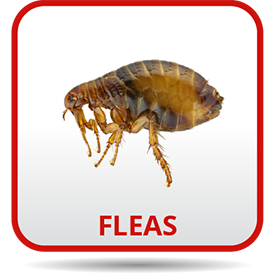
Fleas
Fleas are wingless parasites known for their ability to jump long distances and feed on the blood of mammals and birds.
Facts
- Belong to the order Siphonaptera.
Threats
- Flea bites can cause itching and allergic reactions and transmit diseases like plague and murine typhus.
- They reproduce rapidly, infesting homes and businesses, particularly carpets, bedding, and furniture.
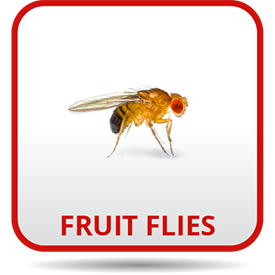
Drosophila
Drosophila are small insects.
Facts
- Belonging to the family Drosophilidae.
- Often found near overripe or rotting fruits.
Threats
- Drosophila can infest ripe or decaying fruits, causing spoilage and contamination.
- Fruit flies reproduce quickly, leading to rapid population growth in homes and food storage areas.
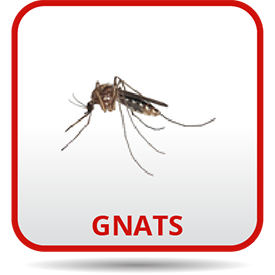
Gnat Overview
Gnats are small flying insects belonging to the suborder Nematocera.
Facts
- Include species from families like Mycetophilidae, Anisopodidae, and Sciaridae.
- Small flying insects, often seen in swarms.
Threats
- Gnat larvae, such as fungus gnats, can damage plants by feeding on roots, stems, or leaves, leading to reduced plant health and growth.
- Fungus gnats can infest mushrooms and the roots of potted plants in homes and greenhouses, potentially damaging indoor plants.
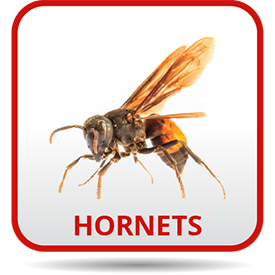
Hornets
Hornets, belonging to the genera Vespa and Provespa, are among the largest eusocial wasps.
Threats
- Hornets aggressively defend their nests, especially when situated near human habitation.
- Their stings are more painful than those of bees and can cause severe reactions in allergic individuals, potentially leading to anaphylactic shock.

Ladybugs
Ladybugs encompass a diverse family of small beetles.
Facts
- Small beetles with distinctive coloration and spots.
- Many species are beneficial predators of aphids and scale insects.
Threats
- Many species of ladybugs are useful as they prey on aphids and scale insects, pests detrimental to gardens, crops, and orchards.
- Certain species, like those in the subfamily Epilachninae, can become agricultural pests when their populations surge, leading to significant damage to crops such as grains, potatoes, and beans.

Millipedes
Millipedes are arthropods in the class Diplopoda.
Facts
- Known for their numerous pairs of legs.
- Primarily detritivores, feeding on decaying plant material.
Threats
- Millipedes can become pests in gardens and greenhouses, where they feed on emerging seedlings and cause damage to plants.
- Many millipedes release defensive chemicals when threatened, which can irritate human or animal skin or mucous membranes.
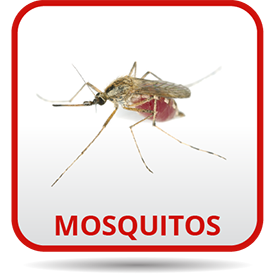
Mosquitoes
Mosquitoes are small flies in the family Culicidae.
Facts
- Females primarily act as blood-feeding ectoparasites.
- Important vectors of various diseases.
Threats
- Mosquitoes are notorious for transmitting serious diseases such as malaria, dengue fever, Zika virus, yellow fever, Chikungunya, and West Nile virus.
- Their bites often result in irritating rashes and allergic reactions due to saliva injected into the skin during feeding.

Powderpost Beetles
Powderpost beetles are wood-boring insects classified in the subfamily Lyctinae.
Facts
- Known for their destructive habits in wood.
- Infest and damage deciduous trees.
Threats
- They infest and damage deciduous trees, reducing wood to powdery dust.
- Infestations can weaken wooden structures, furniture, and other wooden items, compromising their structural integrity.
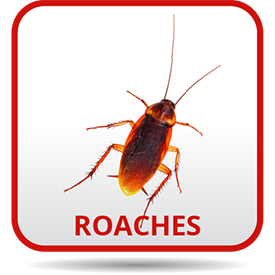
Cockroaches
Cockroaches are ancient insects from the order Blattodea.
Facts
- Highly adaptable and resilient.
- Primarily nocturnal scavengers.
Threats
- They can spread pathogens and allergens that trigger human asthma and allergies.
- Cockroaches can contaminate food and surfaces with bacteria and parasites, posing a risk of foodborne illnesses.

Rodents
Rodents are mammals from the order Rodentia, characterized by continuously growing incisors in both upper and lower jaws.
- Gnaw on homes' wires, insulation, and other materials.
- Carry diseases like hantavirus and leptospirosis, transmitted through their droppings and urine.
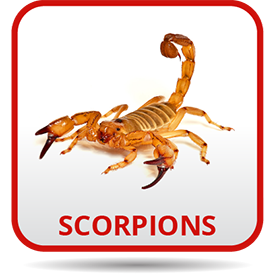
Scorpions
Scorpions can become pests when they invade human habitats, seeking shelter and prey.
Facts
- Arachnids with eight legs and a pair of pincers.
- Recognized for their venomous stings.
Threats
- Some scorpion species have venom that, while usually not deadly, can cause severe pain, allergic reactions, and complications in sensitive individuals.
- Infestations in homes can lead to uncomfortable encounters and potential stings, especially in regions with prevalent venomous species.
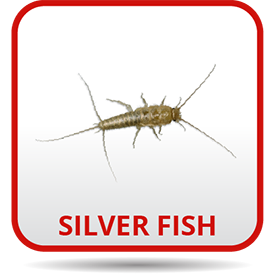
Silverfish
Silverfish are considered household pests due to their preference for starchy materials.
Facts
- Consider household pests.
- Prefer starchy materials like paper and textiles.
Threats
- Silverfish can consume and damage books, wallpaper, clothing, and other items containing starch or cellulose.
- Their presence in large numbers can indicate dampness issues in homes, which may lead to mold growth and structural damage over time.

Springtails
Springtails are tiny hexapods that thrive in moist environments, indirectly playing roles in soil ecosystems and decomposition processes.
Facts
- Tiny hexapods that thrive in moist environments.
- They are not pests but can be found in large numbers indoors.
Threats
- Certain species can become pests in gardens and agricultural fields, feeding on seedlings, roots, and young plants.
- In humid indoor environments, springtails may congregate around sinks, basements, and bathrooms, though they do not cause structural damage or pose health risks.

Termites
Termites are highly social insects that feed on cellulose-rich materials like wood, leaf litter, and soil.
Facts
- Highly social insects that feed on cellulose-rich materials.
- Important for ecological nutrient cycling.
Threats
- Termites can cause significant damage to wooden structures, including homes, buildings, and furniture, leading to costly repairs.
- Some termites, such as Cryptotermes brevis, can invade new areas and cause widespread destruction to wooden structures and natural habitats.

Wasps
Wasps, particularly social species like yellow jackets and hornets, can become problematic when they nest near human habitation.
Facts
- Social insects related to bees and ants.
- Known for their ability to sting repeatedly.
Threats
- Nesting in buildings or structures can lead to structural damage and cosmetic issues.
- Certain species can affect crops and fruits, disrupting harvests and causing economic losses.

Yellow Jackets
Yellow jackets are predatory wasps commonly known for their black and yellow coloration.
Facts
- Nest-building insects that can cause structural damage.
- Females are capable of delivering multiple stings when threatened.
Threats
